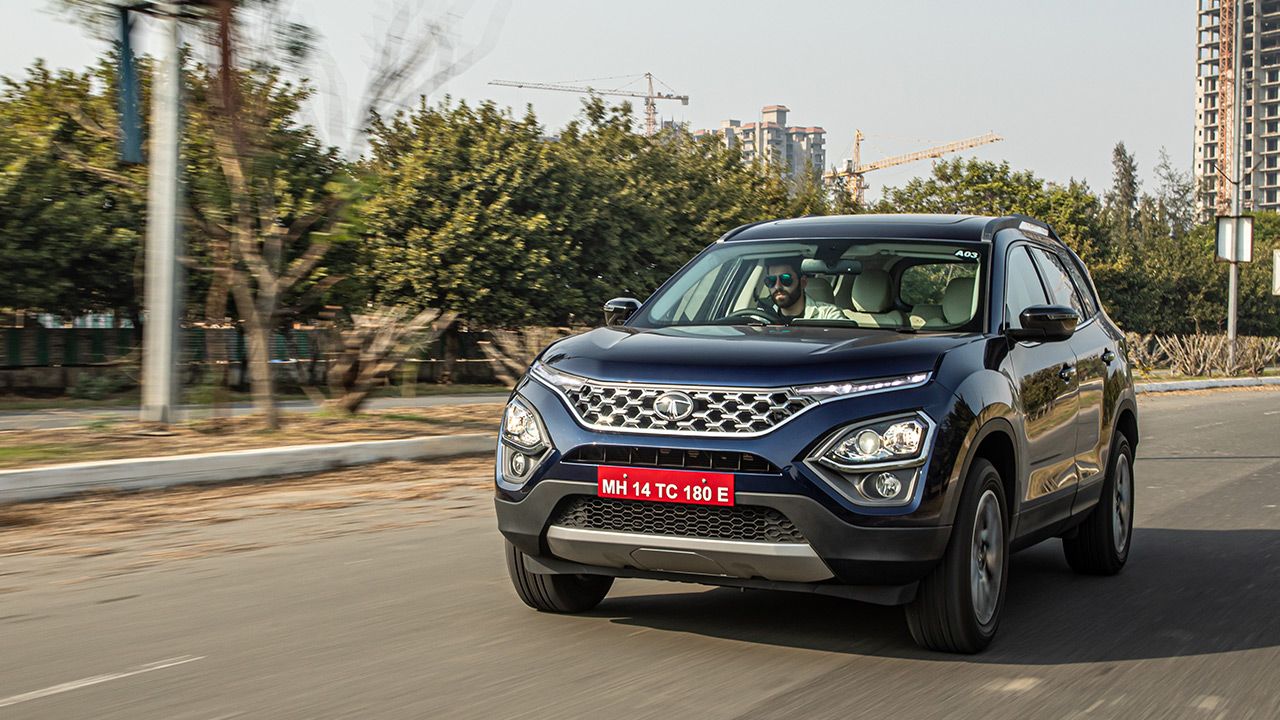
The Safari is perhaps the strongest brand name ever to come out of Tata Motors' line-up. Naturally then, launching the second-generation of the Safari is going to be one hell of a task. We take the new Safari out for a spin to see what it offers. And whether it will appeal to the die-hard cult of customers that swear by the Safari.
Wind the clock back about 25-odd years, and as a young child, I still remember the hype that surrounded the first-ever Tata Safari. You see in a country still stuck with the ubiquitous bunch of Maruti products, some new fancier entries from Korean and European manufacturers – Daewoo Cielo and Opel Astra, for instance – the Indian automotive market was still in its infancy. And SUV’s were something that no one had heard about at that point of time, not just in India, but even worldwide.

The ‘Indian’ SUV
But, on the other hand, Tata Motors was making waves with their ambitions. Led by none other than Ratan Tata himself, Tata was on an ambitious path to bring some fantastic products to the Indian market, the first two of which were the Safari and the Indica. An important point here, while the hatchback segment which the Indica was looking to compete in was already well established, the Safari was a brand-new segment for the Indian customer. You could even go as far as saying that this was the first true-blue SUV in the Indian market. While it might have faced teething troubles in its early avatars, the Safari, over the past 2 decades grew to become a cult brand in the country, inviting not just people looking for a comfortable long-distance machine, but also hardcore off-roaders that enjoyed the 4WD capabilities of the Safari.
Reviving the cult
Of course, reviving a cult nameplate like the Safari was never going to be easy. I think this is a problem that manufacturers of all cult products face whenever they have to make serious changes to the product, as Land Rover has discovered with the Defender, for instance. But, for Tata Motors, the basic template was laid out, the new Safari had to have 6 and 7-seater capability, as well as being rugged, and yet at the same time, be comfortable enough for long journeys.
Courting controversy
However, the toughest challenge for a cult product is the design. And with the Safari, Tata Motors has had their most difficult design challenge. You see, for a product like the Safari, customers have unrealistic expectations – they want the new product to look as close to the original, and yet, offer them the best in new-age technology and performance. And that expectation, usually, is impossible to meet for a multitude of reasons – evolving design language and crash safety norms being the two most prominent of them.
Having said that, I think the new Safari is a very good-looking vehicle in its own right. Sure, it looks nothing like the previous Safari’s and pays minimal homage to them in its design, but with its Harrier based design, the Safari looks sharp, purposeful and distinctive. Right from the sharp chrome grille, to the dual-tone bodywork all around the car, the Safari’s styling grabs your eye from the get-go. I particularly like the machine finish 18-inch alloy wheels which suit the size of the Safari perfectly and fill up the wheel arches nicely. And despite its extended length over the Harrier, it’s based on – it’s 63mm longer – the Safari’s proportions are on point and look well designed.
Into the cave
The feeling of sharp design is a theme that’s carried over into the Safari once you step inside the cabin. Of course, Tata has had a learning experience with the design of the Harrier, and the learnings are easy to see in the Safari. For instance, the USB ports to connect your phone are now easily at hand, and the exterior rear-view mirrors are smaller so that they don’t hinder your vision on turns. Similarly, the overall feeling of quality and touch-and-feel is quite solid and other than a few niggles here and there, the interior is a nice place to be.
Helping the interior appeal is the amount of standard equipment, which on our top-of-the-range test car includes a 7.0-inch display in the instrument cluster, an 8.8-inch touchscreen multimedia system, a 9-speaker JBL audio system, up to six airbags, panoramic sunroof and much more. The biggest change in the interior though is the introduction of ‘Oyster White’ leather, which really lifts up the interior ambience of the Safari. You see, with a large glasshouse all around and with the panoramic sunroof combined with the white upholstery, the Safari’s cabin is an airy and a fairly spacious place to spend time in. But, given our conditions, I think customers will struggle to keep that white upholstery clean and Tata should also offer some other colour options for customers to choose from.
Elephant in the room
Perhaps the second most obvious question about the Safari is the interior space it offers, more so because it claims to offer a full 3 rows of seating. Offering 3 rows of seating on all variants, the Safari will be offered in both 6 and 7-seater options. And I’m happy to say that I absolutely love the 2nd-row seating and space available in the Safari. We drove both versions, but the 6-seater version was my favourite amongst the two for a few reasons. First, with its stadium-style 2nd-row seating – which is mounted higher than the front-row seats – the 2nd row offers a great view of the road ahead with the big glasshouse and the panoramic sunroof. On top of that, there is ample space in the adjustable 2nd row for people above six feet, and the seats themselves are exceedingly comfortable.
The 3rd row is a slightly different experience though. Access to the 3rd row in both 6 and 7-seat version is easy enough, and the big doors of the Safari help here. And if both the driver’s and 2nd-row seat were set to my height, there was just enough room for me to fit in the 3rd row (I’m 5’9”). In fact, the 3rd row of the Safari does offer a decent amount of space, which makes it a viable transport for full-sized adults for short journeys, while children could easily be accommodated for longer trips. And to help matters, the big C-pillar window does really help you feel non-claustrophobic and the 3rd row even gets dedicated AC vents, a fan speed control and USB charging points. But, if you’re above 6 feet tall, you can forget about fitting in the 3rd row due to a lack of headroom.
Hitting the road
Of course, the most important part of a vehicle is how it drives, and my expectations from the Safari were quite high. Based on the D8 platform from Land Rover that it shares with the Harrier, the Safari has a lot of positives. For instance, the 2.0-litre diesel engine is a cracker of a unit with its 168bhp and 350Nm of torque. Paired with the engine are two gearbox options – 6-speed manual and 6-speed automatic. However, if you’re someone looking to get a 4x4 Safari, I have to break your bubble and inform you that despite the platform being easily capable of 4-wheel drive hardware, Tata is not going to offer a 4WD version of the Safari simply because the demand for such a version is simply too small.
Getting back to driving, with peak torque arriving at just 1,750rpm, the Safari’s engine pulls cleanly and has excellent mid and top-end performance, which means that driving the Safari both in city traffic and on the highway is effortless. The Safari also gives you a choice of three driving modes – Eco, City and Sport and 3 ESP-based terrain modes for different road conditions, and I have to say, with the Sport mode engaged, the Safari is quite enjoyable to drive with enhanced power delivery and engine response. We also drove both the gearbox options and while the manual gearbox is a decent unit to use – as long as you’re not trying to rush the gear shifts – the automatic is a revelation. The 6-speed automatic gearbox has been mated quite well by Tata engineers and the shifts are smooth even under full-throttle gear changes, making it the gearbox of choice in the Safari for me. And now fitted with an electronic handbrake, the auto-hold function of the Safari also comes to great use in stop-start traffic.
Bouquets and brickbats
The rear suspension of the Safari though is different from the Harrier and has been developed by Lotus Engineering and with terrific high-speed stability and excellent ride comfort, the suspension setup is quite commendable. However, at low speeds and when countering small bumps or potholes, the suspension can feel just a tad too stiff and uncomfortable, but this smoothens out with speed. A bigger issue with the Safari though has to be that the steering of the Safari at low and parking speeds is still too heavy and can be an annoyance, something that Tata has failed to address adequately with both the Harrier and the Safari. Similarly, like the Altroz, the Safari also features warning lights that are simply too small to read in a passing glance. Certainly, something that Tata needs to fix with their design team. And lastly, while Tata has increased the length of the Safari by 61mm, but even then, with all 3 rows of seating being used, the boot space in the Safari is marginal at best.
Return of the Safari
All said and done, the million-dollar question is, would I recommend the Safari? Oh, absolutely. You see, with a design that’s quite striking and pleasing to the eye, excellent drivetrain, finally a good automatic gearbox in a Tata product, ample power and great on-road manners, the Safari definitely deserves your attention. Sure, it could use some improvements like the steering effort or slightly softer ride at slow speeds, but overall Tata has learnt a lot from the Harrier and it shows in the Safari.
The Safari with its 3 rows of seating, comfort and a fairly enjoyable driving appeal is truly a welcome return of the Safari brand to the Indian market. And while it might annoy some diehard fans without the option of 4WD, for a vast majority of customers, this might be the 3 row SUV of choice. Provided Tata doesn’t get greedy and price it exorbitantly, which I’m hoping they won’t.
- 2021 Tata Safari
Engine: 1,956cc / 4-Cylinder / Turbocharged
Fuel: Diesel
Transmission: 6-Speed Automatic & 6-Speed Manual / Front-Wheel-Drive
Power: 168bhp @ 3,750rpm
Torque: 350Nm @ 1,750 – 2,500rpm
X-Factor: The Safari, with its 3 rows of seating, great engine and performance is a great revival of the Safari brand!
| Pros • Great design • Practicality and space | Cons |
Read more:
2021 Tata Safari variants & features revealed; bookings open next month



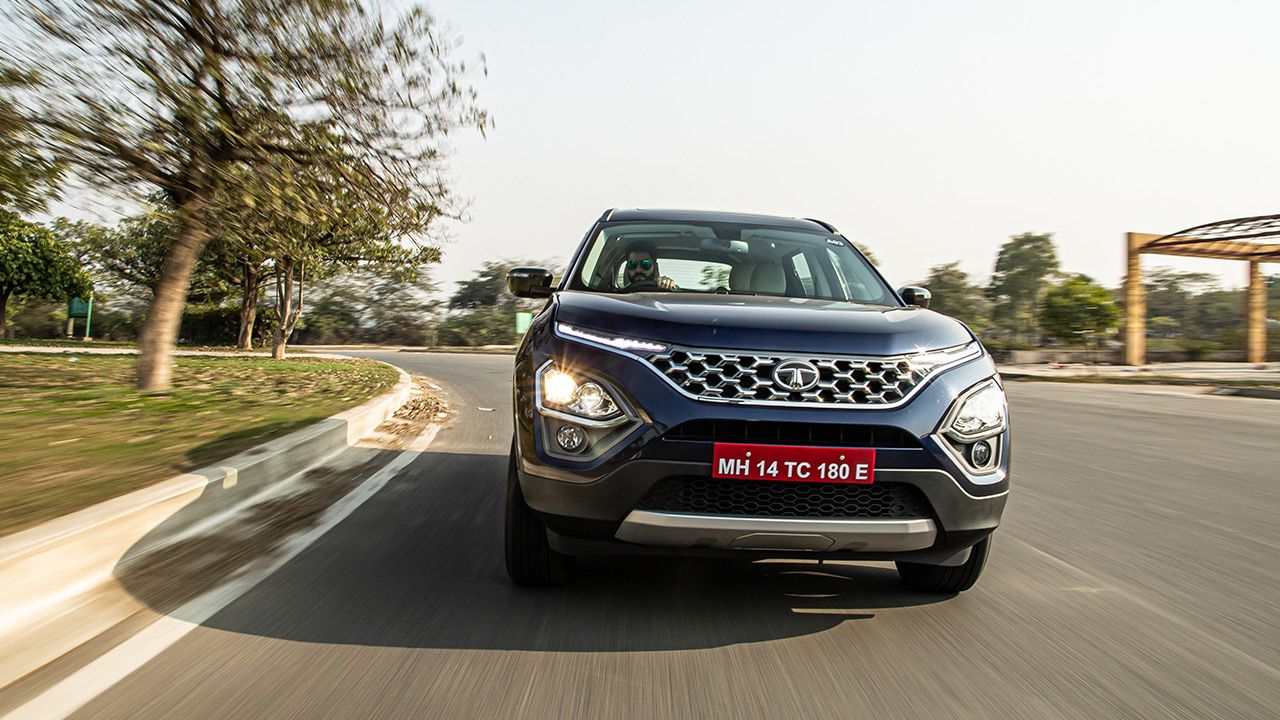

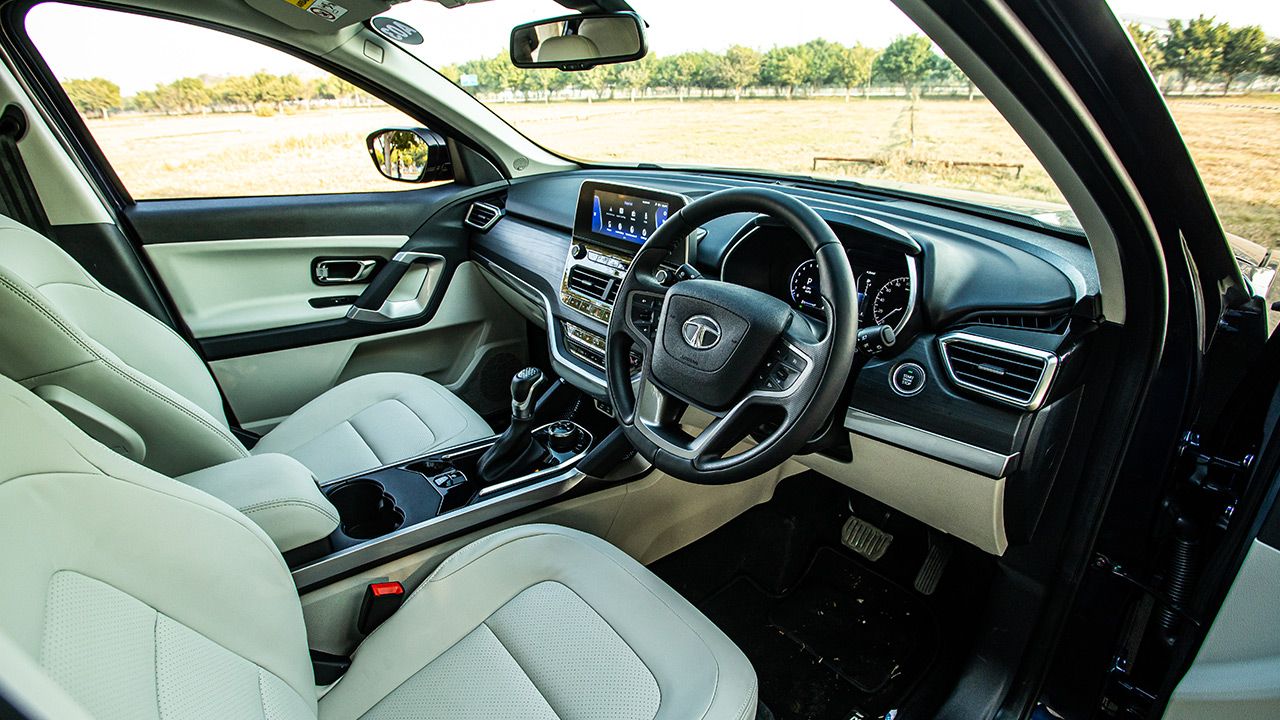

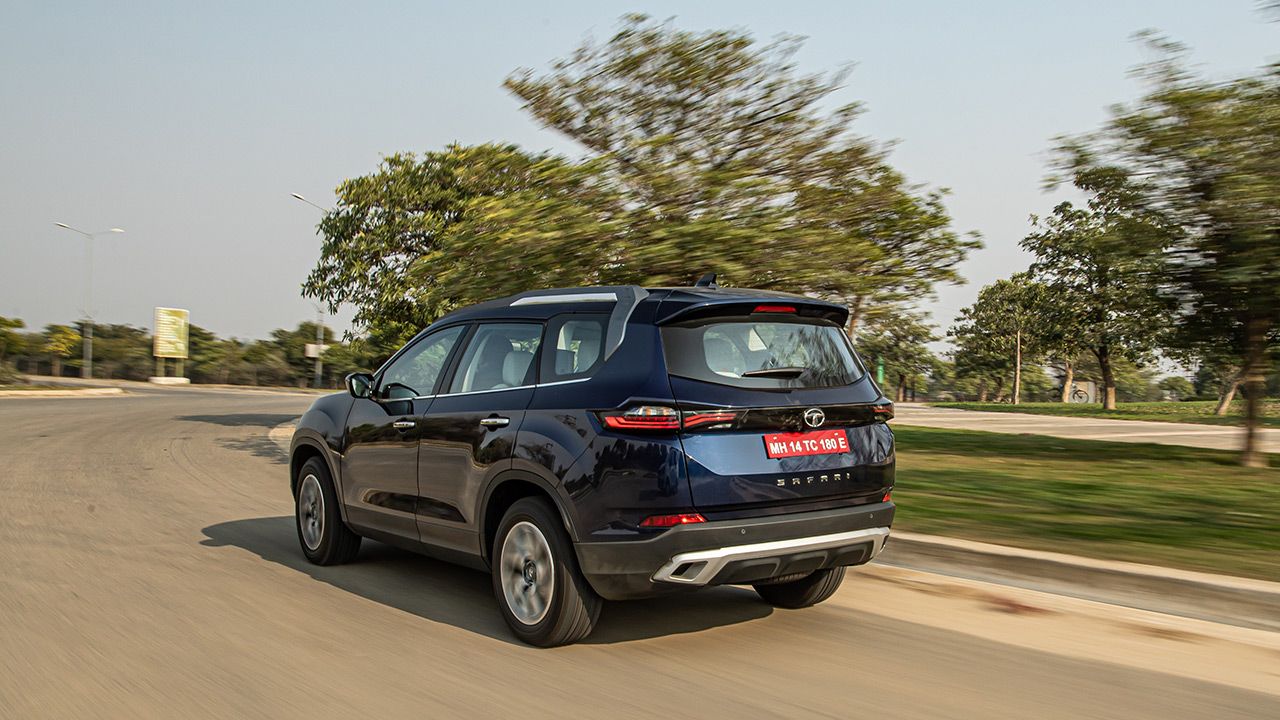
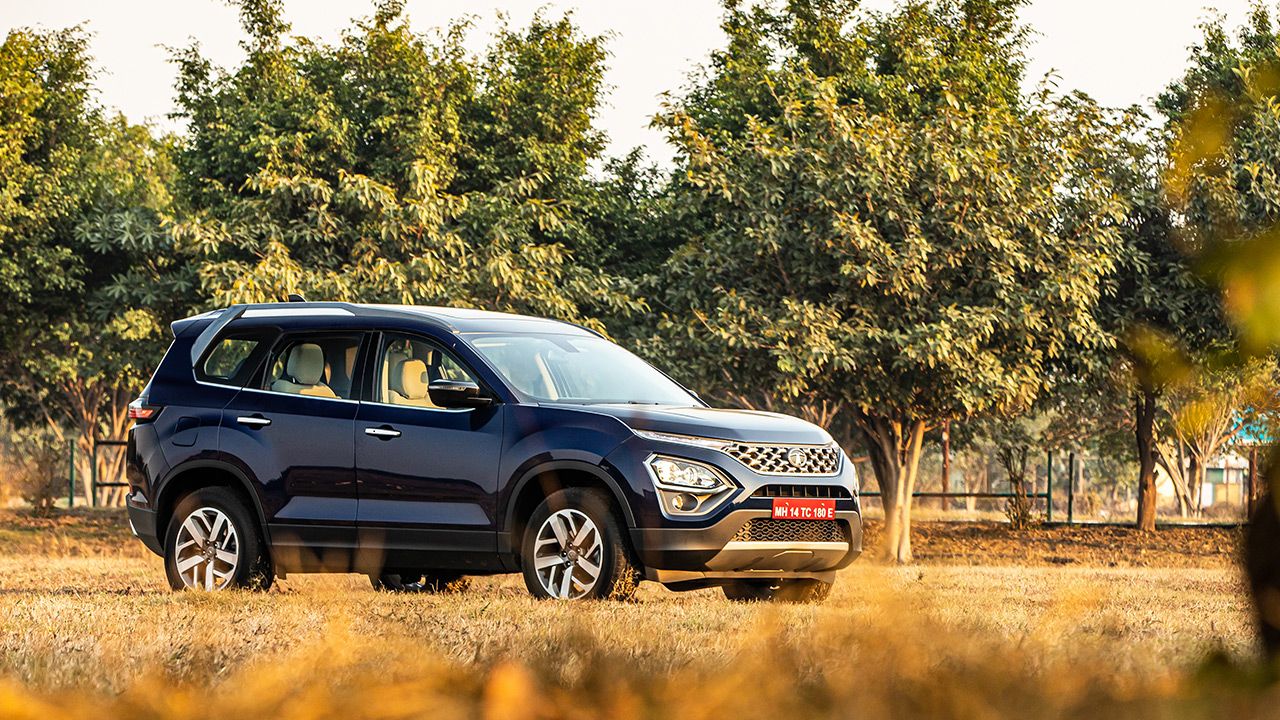
![Tata Safari [2021-2023] Tata Safari [2021-2023] Model Image](https://static.autox.com/uploads/cars/2022/04/tata-safari.jpg)



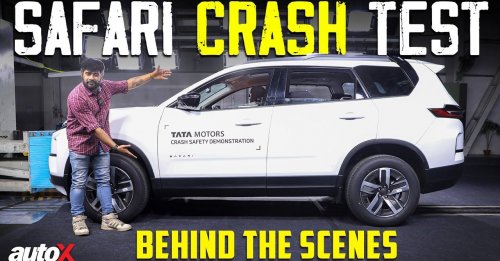
















Write your Comment